In the middle of this year, with the new Clio E-Tech , Renault will enter the hybrid market and it will not be with a “mild-hybrid” (which even already has them). The brand decided to invest in a new “full-hybrid” system (conventional hybrid), therefore, with the capacity to run only powered by the battery and the electric motor (albeit for a short distance).
To get to know the inside of this new E-Tech technology, we had the opportunity to guide two development prototypes, in the company of the project's chief engineer, Pascal Caumon.
A unique opportunity to collect all your driving impressions and get your decoding from the car maker. These two attributes can rarely be combined in a first test.
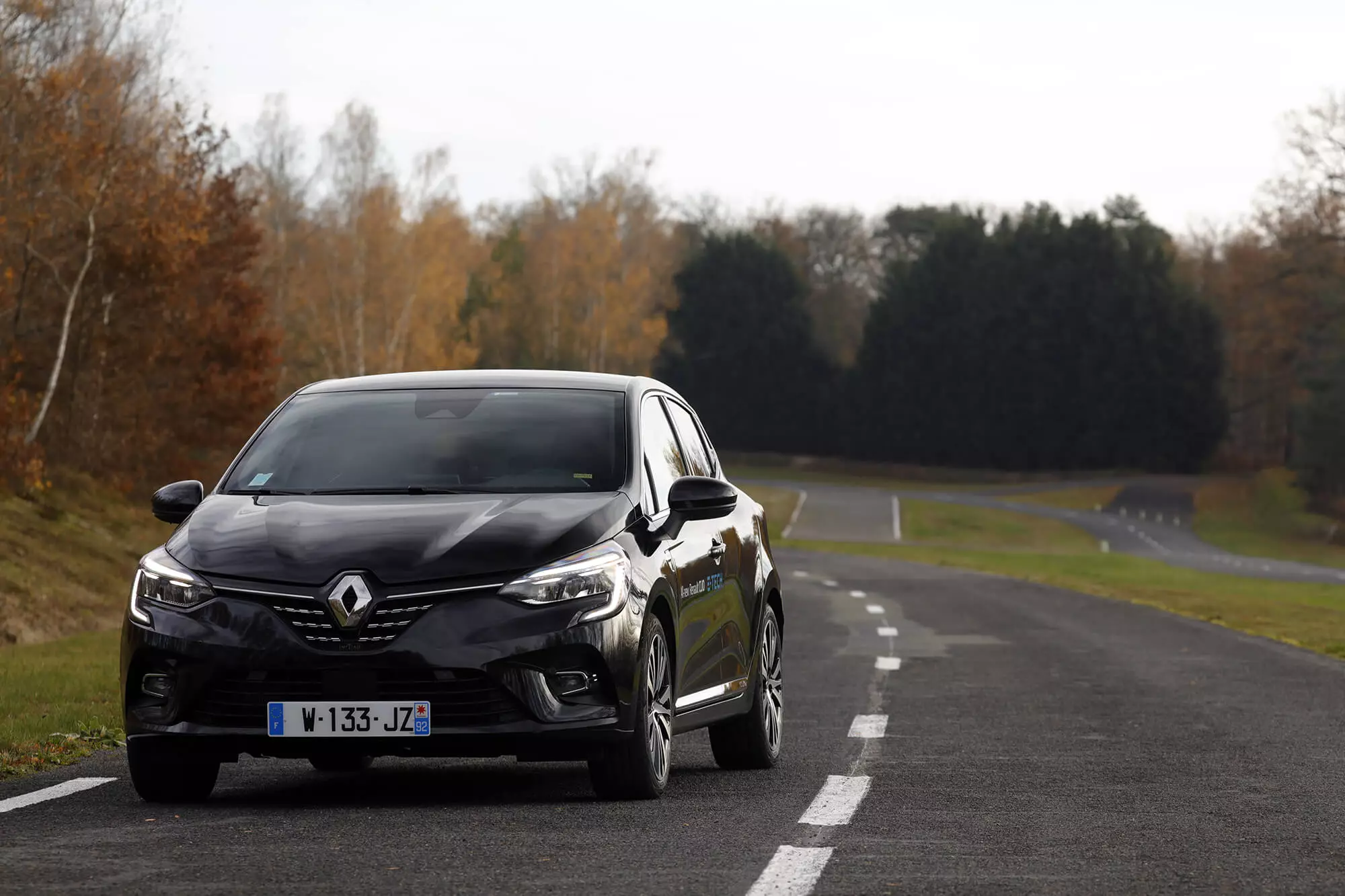
Why a “full-hybrid”?
The decision to bypass the “mild-hybrid” and go directly to a “full-hybrid” solution had two main reasons, according to Renault. The first was to opt for a system that allows for greater gains in terms of consumption and reduction of emissions than a semi-hybrid.
Subscribe to our newsletter
The second reason is linked to the first and has to do with the possibility of designing a system capable of being accessible to a relevant number of buyers and thus having a considerable “weight” in reducing the emissions of the models sold by Renault.
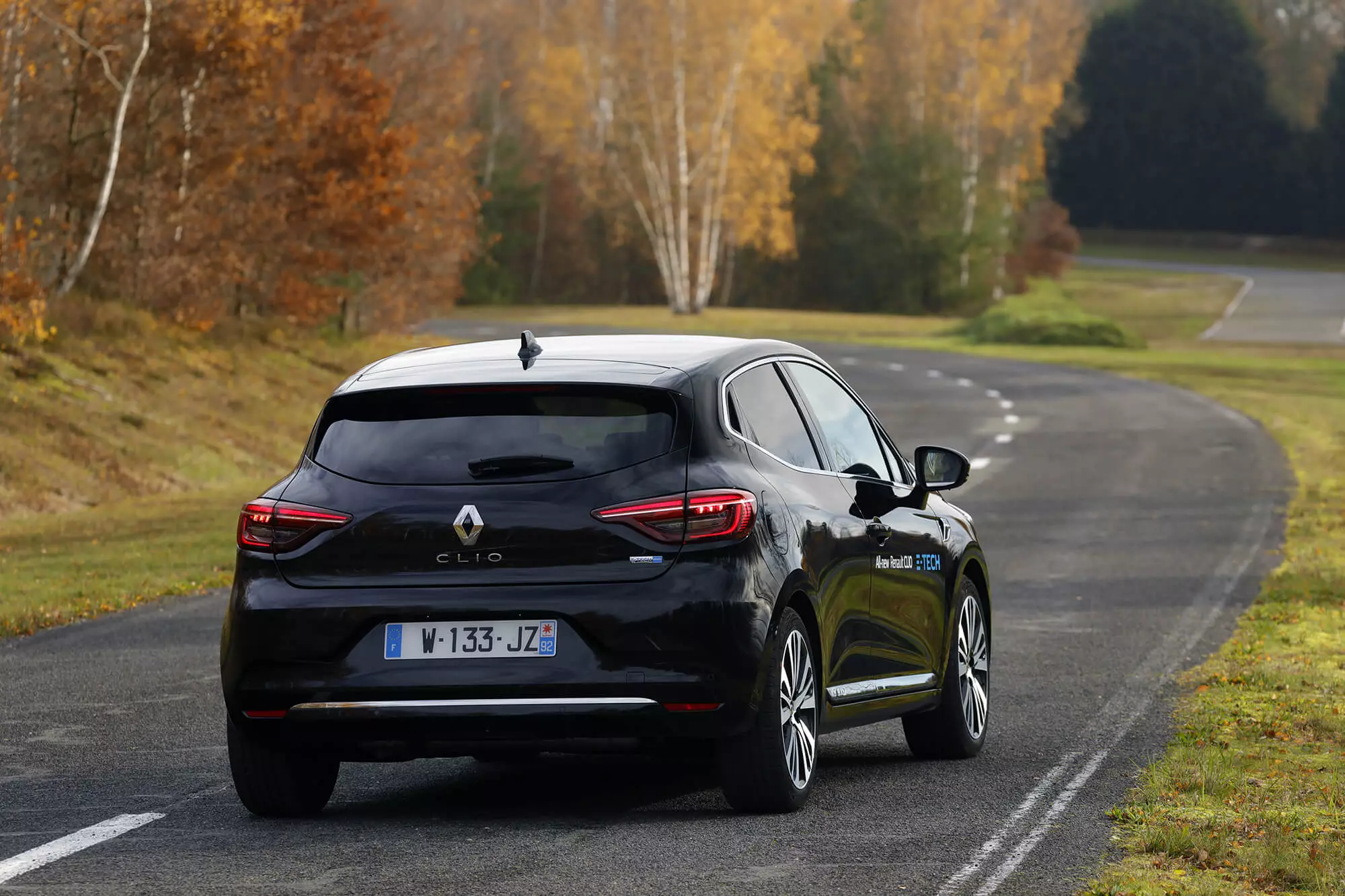
That's why Clio was chosen to debut E-Tech, to give a signal to the market about the technology's affordability. Renault has not yet released concrete prices, but stated that Clio E-Tech will have a value similar to that of the 1.5 dCi (Diesel) version of 115 hp. In other words, we will be talking about something around 25 000 euros, in Portugal.
In addition to the Clio E-Tech, Renault has also shown the Captur E-Tech Plug-in, which shares the core of the technology, adding a larger battery and the possibility of being recharged from an external charger. This allows the Captur E-Tech Plug-in an autonomy in electric mode of 45 km.
cost containment
But back to Clio E-Tech and this first test with two prototypes, carried out on the secondary roads around the CERAM test complex in Mortefontaine near Paris and then on one of the closed circuits on the perimeter.
On the outside, the Clio E-Tech only distinguishes itself by the presence of discreet emblems with the new E-Tech sub-brand, an option very different from the outlet with the Zoe, which assumes a completely different style from the other Renaults, to assert itself as a 100% electric car.
Inside, the only differences from the Clio E-Tech are in the instrument panel, with a battery level indicator and another that shows the electrical and mechanical energy flows between the gasoline engine, electric motor and front drive wheels.
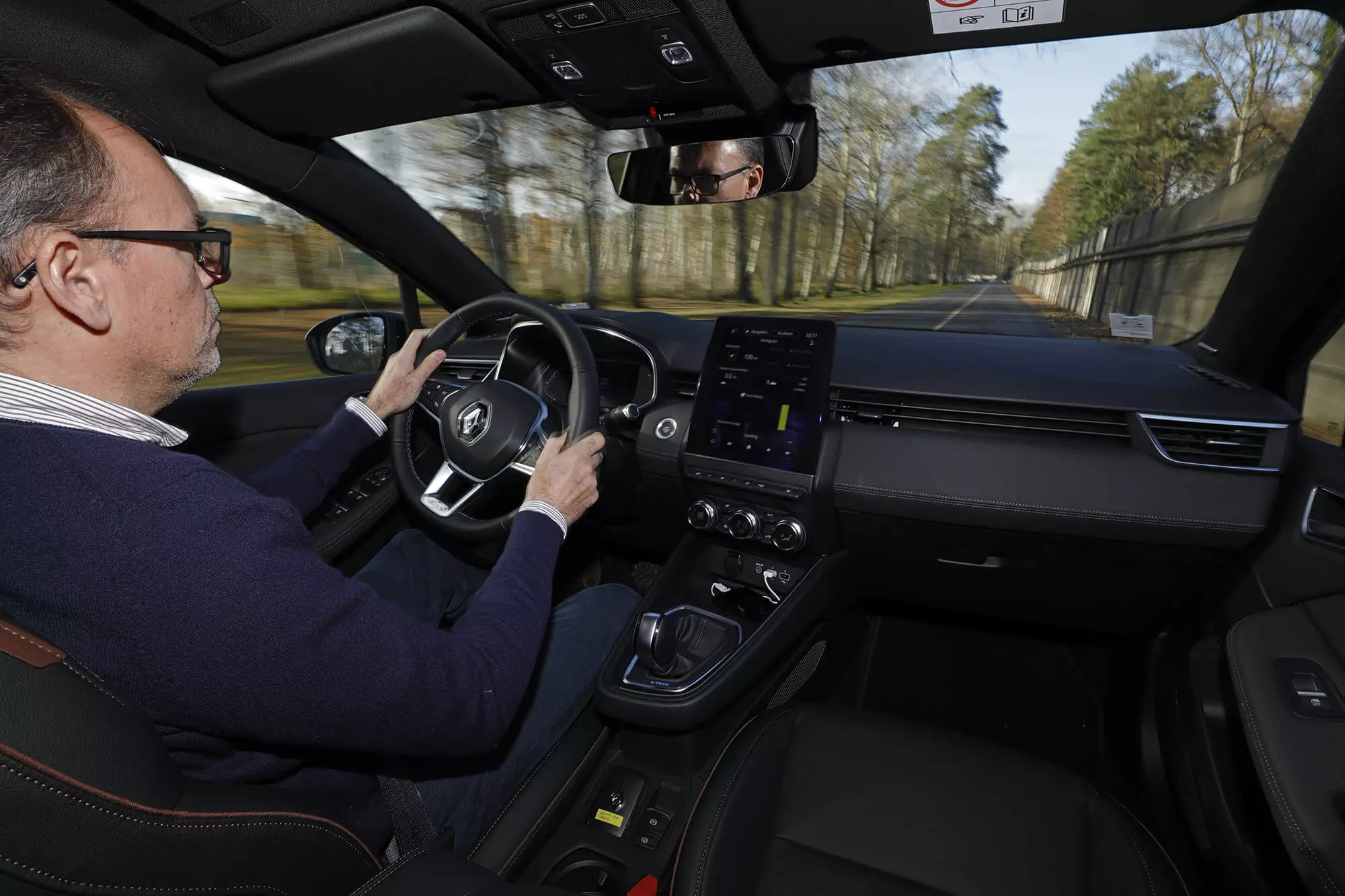
The driving modes themselves are accessible via the usual Multi-Sense button, placed under the central touchscreen.
As usual in “full-hybrid”, the start is always done in electric mode, as long as the battery has the necessary charge, that is, always. There is a “reserve” margin for this to happen.
In terms of the basic concept, the E-Tech somewhat follows the idea advocated by Toyota's hybrids: there is a transmission that centralizes the mechanical torque of the gasoline engine and the torque of the electric motor, combining them and sending them to the wheels fronts in the most efficient way.
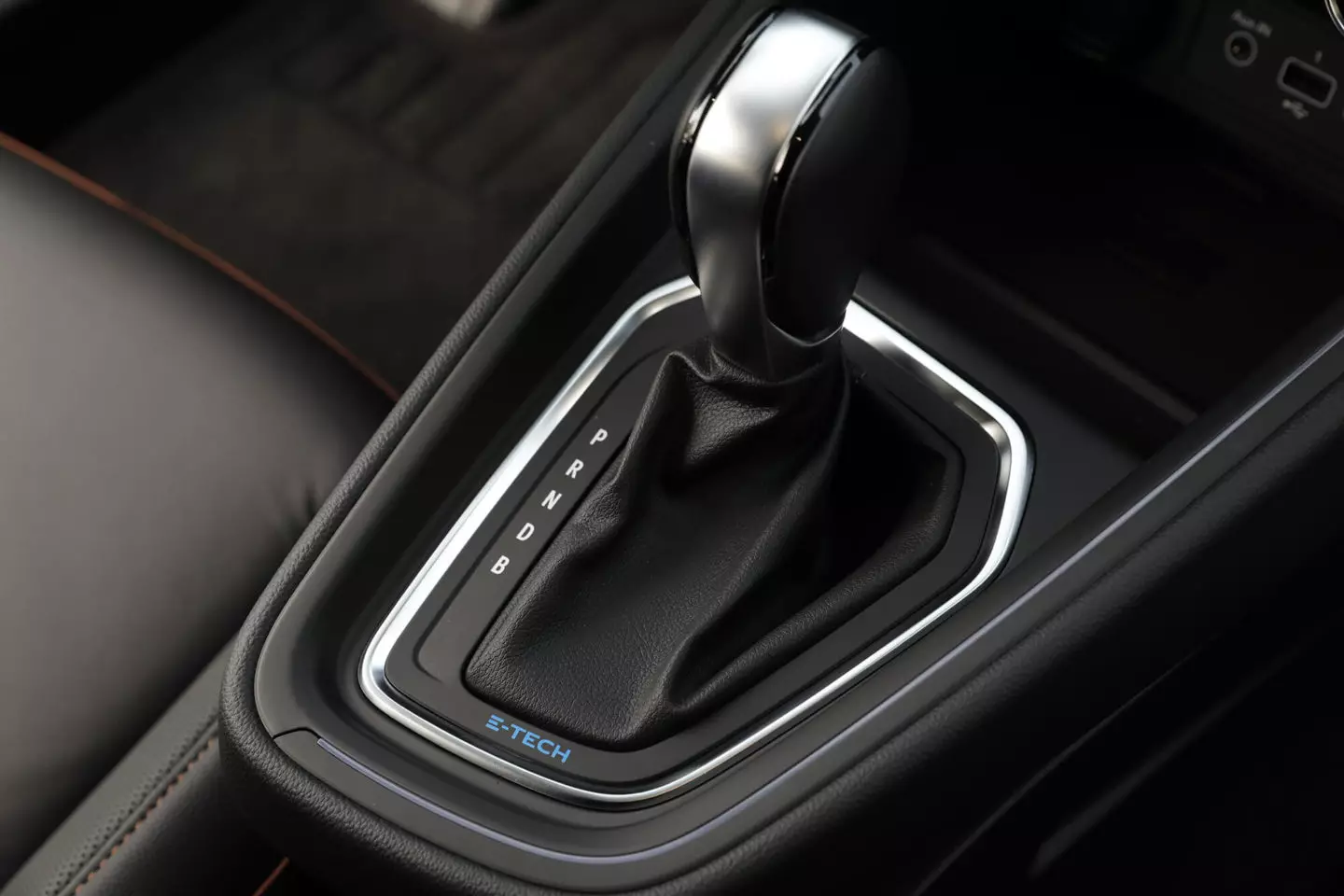
But the components that make up the E-Tech system are very different, as the program's strategy is based on the priority of containing costs, whether in design, production, price or use.
40% reduction in consumption
The experience gained in recent years with Zoe has not been wasted. In fact, the main electric motor of the E-Tech system, as well as the engine and battery controllers are the same as the Zoe.
Of course the E-Tech was made to be adapted to the CMF-B platform, in a first phase. But the changes are few, allowing to manufacture the hybrid versions on the same assembly line as the others. For example, in terms of plate, only the “well” of the spare wheel was removed, to make room for the battery to be placed under the trunk floor.
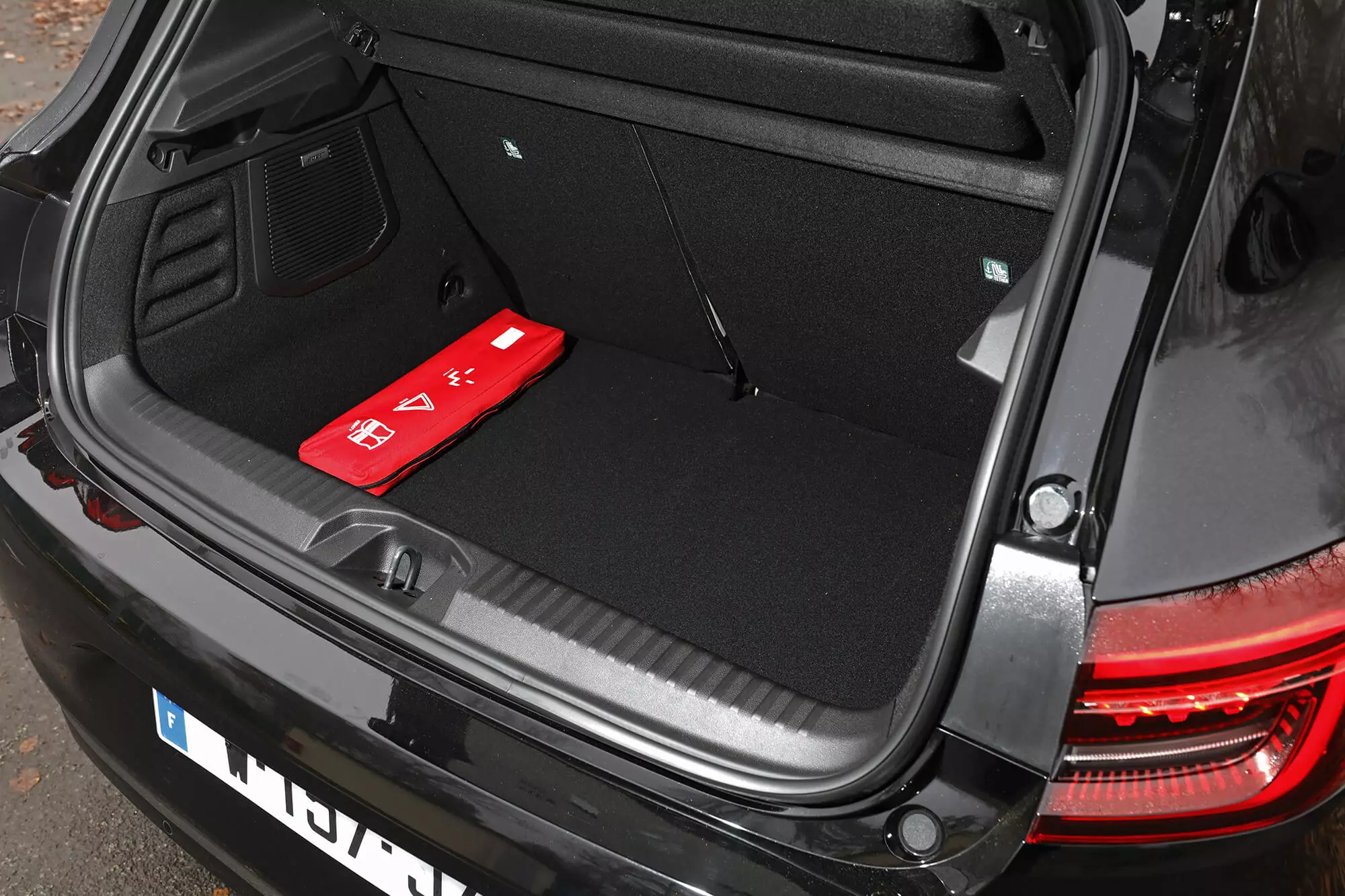
The suspension did not need any changes, only the brakes had to be modified, in order to be able to regenerate under braking.
The E-Tech system, being a “full-hybrid” has several driving modes, including 100% electric mode. This allows Renault to announce a consumption reduction of 40%, compared to a conventional engine with similar performances.
The main components
But let's get back to the basic components, which start with a 1.6 gasoline engine, without a turbocharger. A unit used outside of Europe, but simple enough for E-Tech.
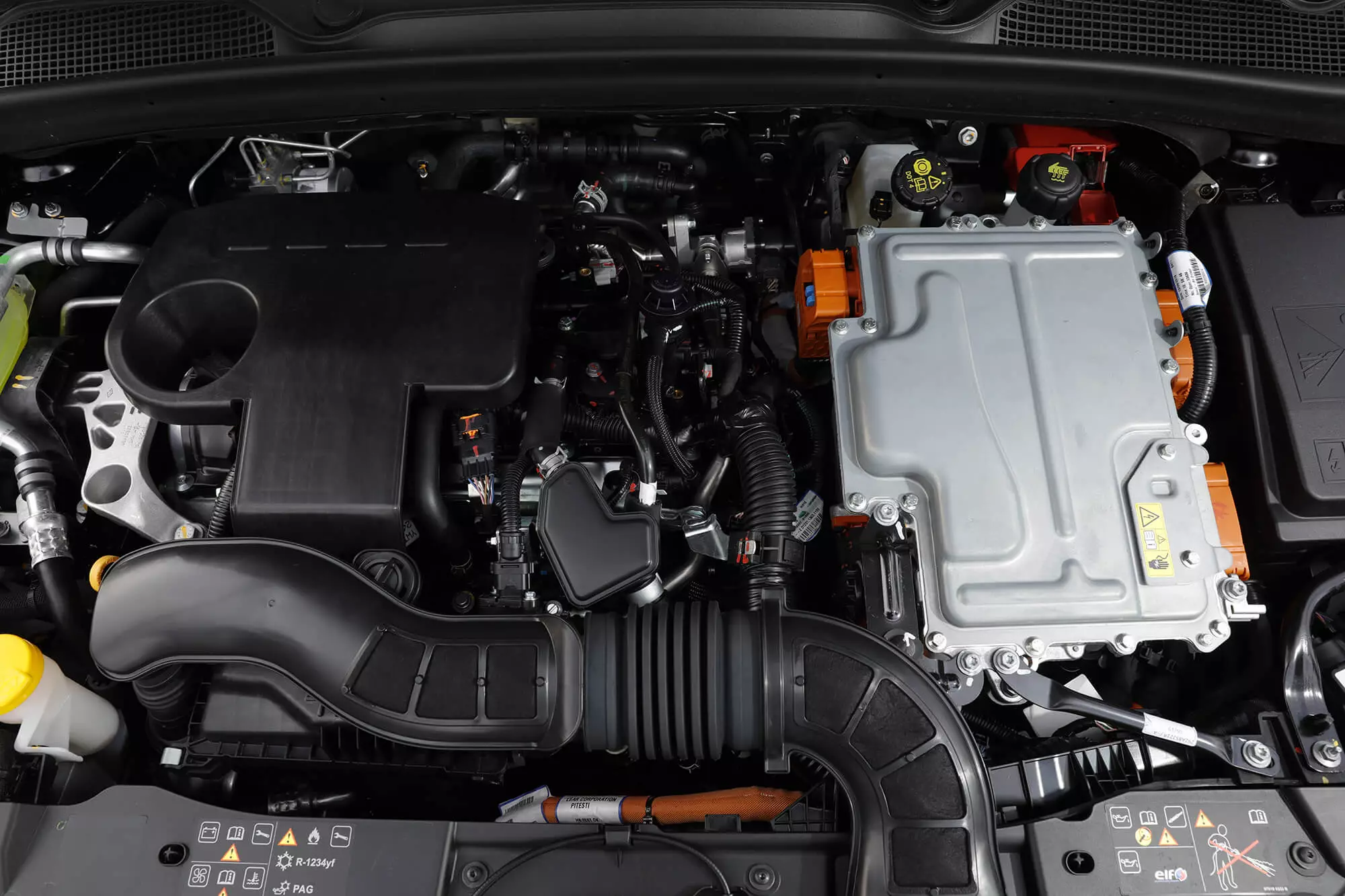
The battery is lithium-ion battery with 1.2 kWh, operating at 230 V and cooled by the interior climate control system. It weighs 38.5 kg and powers a 35 kW (48 hp) motor/generator.
This main electric motor is responsible for transmitting torque to the wheels and, in braking and deceleration, work as a generator to charge the battery.
There is also a second electric motor, smaller and less powerful, with 15 kW (20 hp), whose main function is to start the gasoline engine and synchronize the gear changes in the innovative robotized gearbox.
In fact, the “secret” of the E-Tech system is even in this gearbox, which can also be classified as hybrid.
The "secret" is in the box.
Renault calls it “multi-mode”, as it can work in either electric, hybrid or thermal mode. The “hardware” is that of a clutchless manual gearbox: the gears are engaged by electric actuators, without driver intervention.
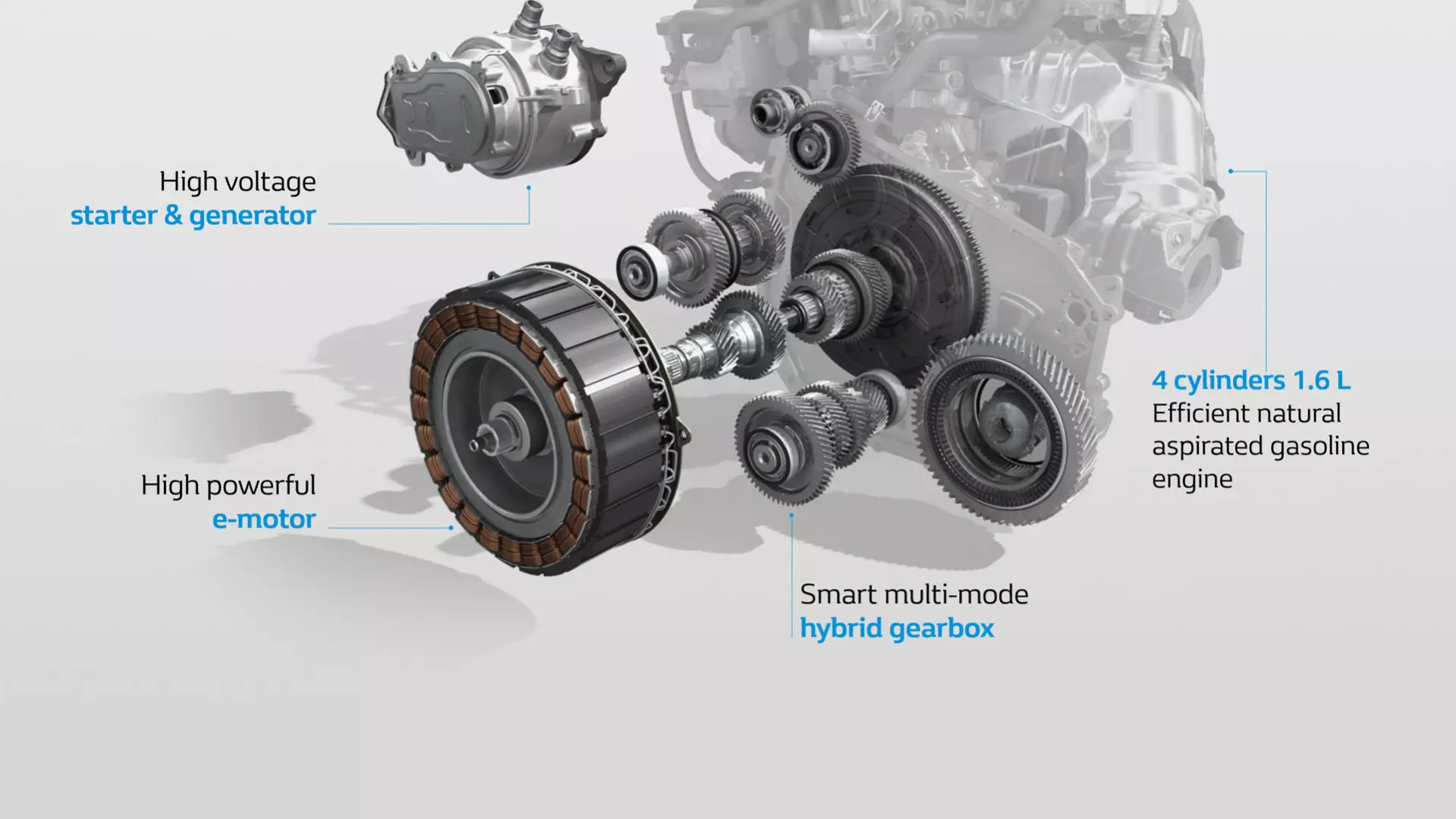
It also doesn't have synchronizers, as it's the second electric motor that puts the gears at the right speed for each gear to be shifted completely smoothly.
On one side of the case, there is a secondary shaft connected to the main electric motor, with two gear ratios. On the other side, there is a second secondary shaft, connected to the crankshaft of the gasoline engine and with four relations.
It is the combination of these two electrical and four thermal relationships that allows the E-Tech system to function as a pure electric, as a parallel hybrid, series hybrid, to perform regeneration, gasoline engine assisted regeneration or run only with the gasoline engine .
On the road
In this test, the various modes were very evident. Electric mode starts at start and does not let the gasoline engine start below 15 km/h. Its autonomy, from the start, is about 5-6 km. But, as with all “full-hybrids” this is not the most important.
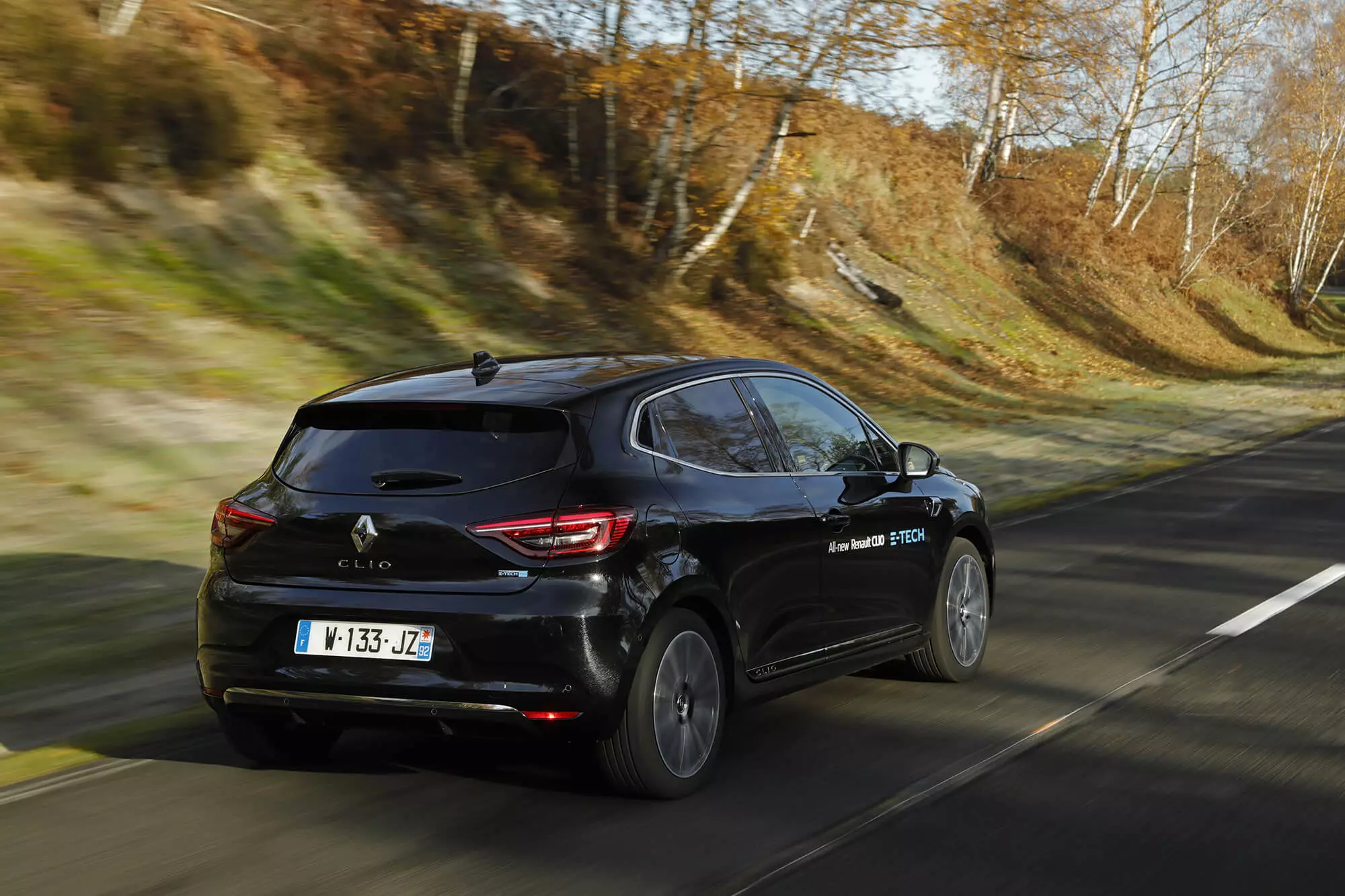
As Pascal Caumon confided in us, in the data collected by Renault in real use, Clio E-Tech manages to run 80% of the time with zero local emissions , when used in the city. In this test, it was possible to confirm that the system relies a lot on electrical torque, not making many reductions in the gasoline engine box, even when this might seem the most normal.
In normal driving, there are many situations in which the gasoline engine is turned off and traction is given only to the electric motor, which has the power to do so up to 70 km/h, "provided the route is flat and the load on the accelerator reduced,” said Caumon. Choosing Eco mode, in Multi-Sense, this is particularly clear, with a slightly dampened throttle response and very smooth gearshifts.
The E-Tech also has the “B” driving position, which is linked to the automatic gear lever, which intensifies regeneration as soon as you lift your foot off the accelerator. In city traffic, the regeneration force is sufficient to reduce the need to use the brake pedal. In other words, you can drive with just one pedal, if the traffic is fluid.
Assisted regeneration, what is it?
Another mode of operation happens when the battery drops to 25% of its capacity. If brake regeneration is not enough to recharge quickly, the system starts operating as a series hybrid. In other words, the gasoline engine (uncoupled from the wheels) starts to work as a static generator, running at a stable 1700 rpm, moving only the main electric motor, which starts to work as a generator to charge the battery.
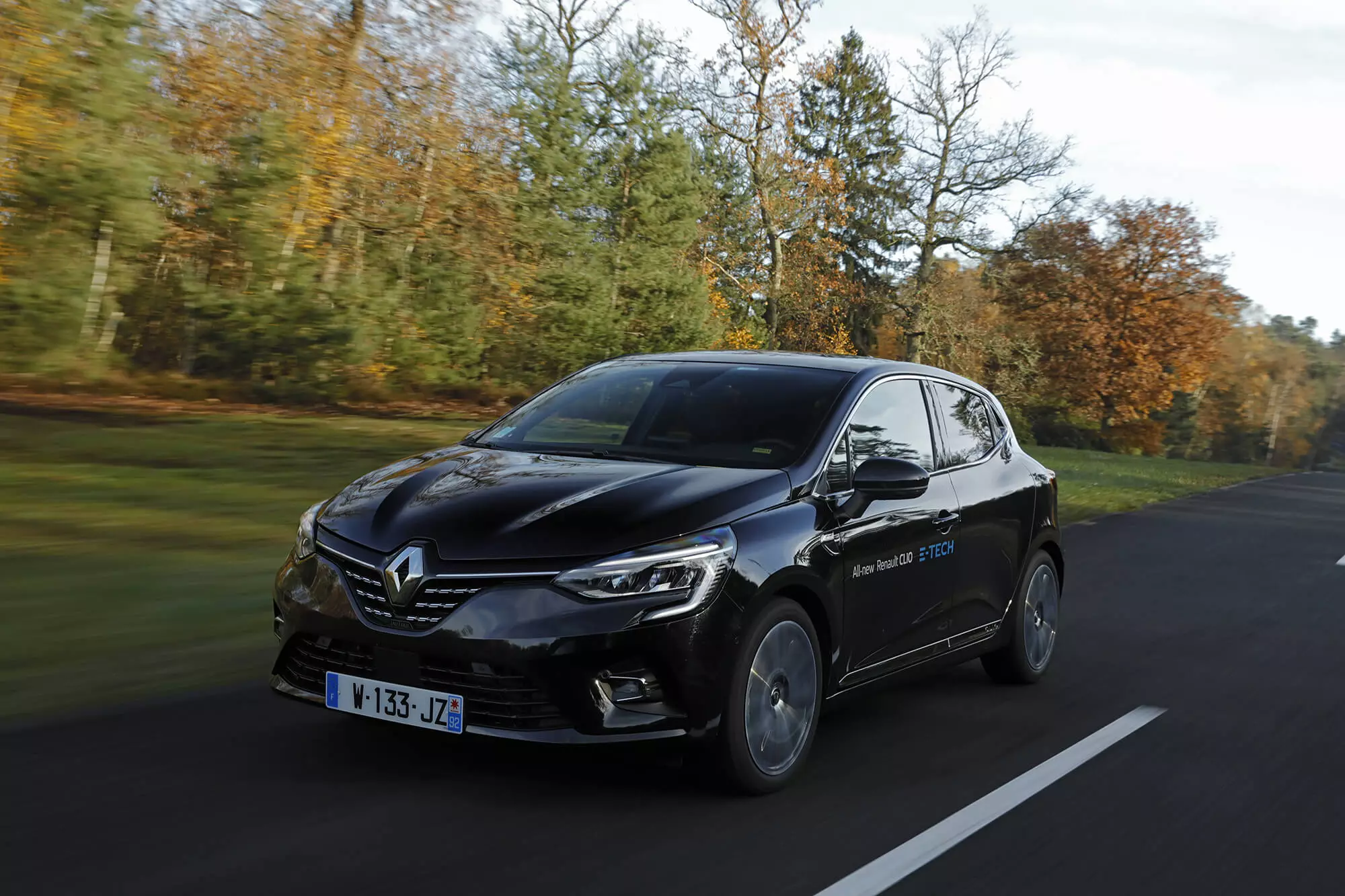
This even happened once during the test, with the gasoline engine continuing to rotate, even after lifting your foot off the accelerator: “we took advantage of the fact that the engine is already packed, to carry out the assisted regeneration process, avoiding having to start it and spend more gas,” explained Caumon.
On the route we took, it was also easy to see how quickly the battery charge indicator rose when the system was operating in this mode.
In common use, the priority of the Clio E-Tech goes to operating in parallel hybrid mode, therefore with the gasoline engine being helped by the electric motor, with the objective of reducing consumption.
By choosing the Sport driving mode, the accelerator is clearly more sensitive on the petrol engine side. But the electrical contribution is still easy to see: even though you press more on the accelerator, the gearbox doesn't immediately perform downshifts, first using electrical torque to accelerate. Even in overtaking this was evident.
And on track?
Still in Sport mode, and now already on the road circuit of Mortefontaine, thus adopting a sportier driving, it is logical that the battery drops faster to lower levels, as the opportunities you have to recharge are scarce. But the benefits do not deteriorate.
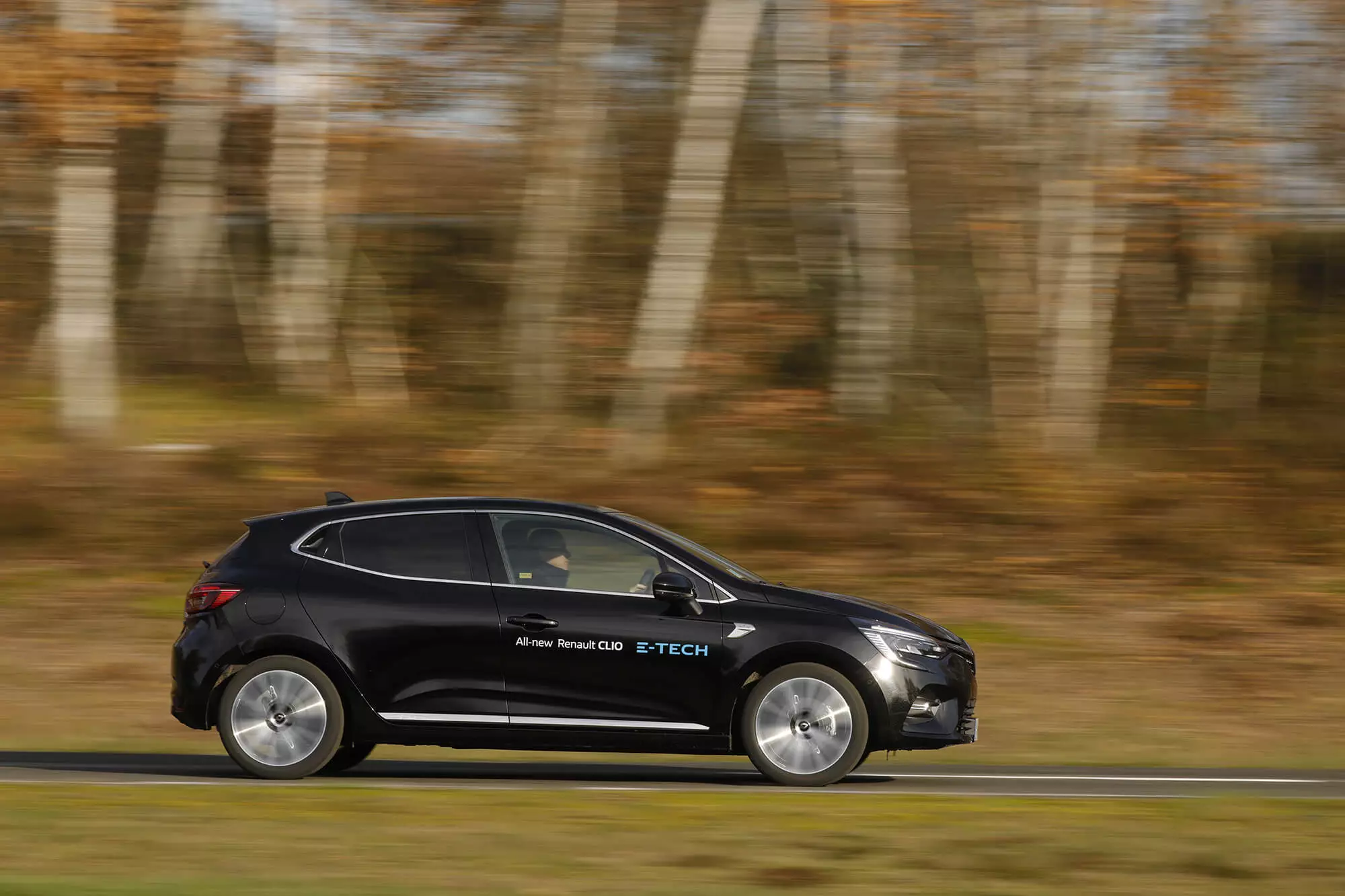
In this type of use, the tabs on the box are missed. But the total combination of ratios, between the four of the gasoline engine, the two of the electric motor, and the two neutrals, came to 15 possibilities. Now this would be impossible to be controlled by human hand, "in addition to implying an additional cost, which we did not want to pass on to the consumer," explained Caumon.
In addition to the Eco and Sport driving modes, there is My Sense, which is the mode assumed by default when the engine is started and the one that Renault advertises as the most efficient. It is true that, in Eco mode, there is a further 5% reduction in consumption, but at the expense of turning off the air conditioning.
On highways, when the electric motor is no longer efficient, the Clio E-Tech is moved only by the gasoline engine. However, in a situation of strong acceleration, for example when overtaking, the two electric motors come into action and give an additional “boost” of torque, which lasts a maximum of 15 seconds each time.
There are still details to be refined
In some braking situations, the automatic gearbox control was a little brusque and hesitant: “this coincides with the shift from second to first gear on the electric motor. We are still calibrating that passage” justified Caumon, a situation that happens between 50 and 70 km/h.
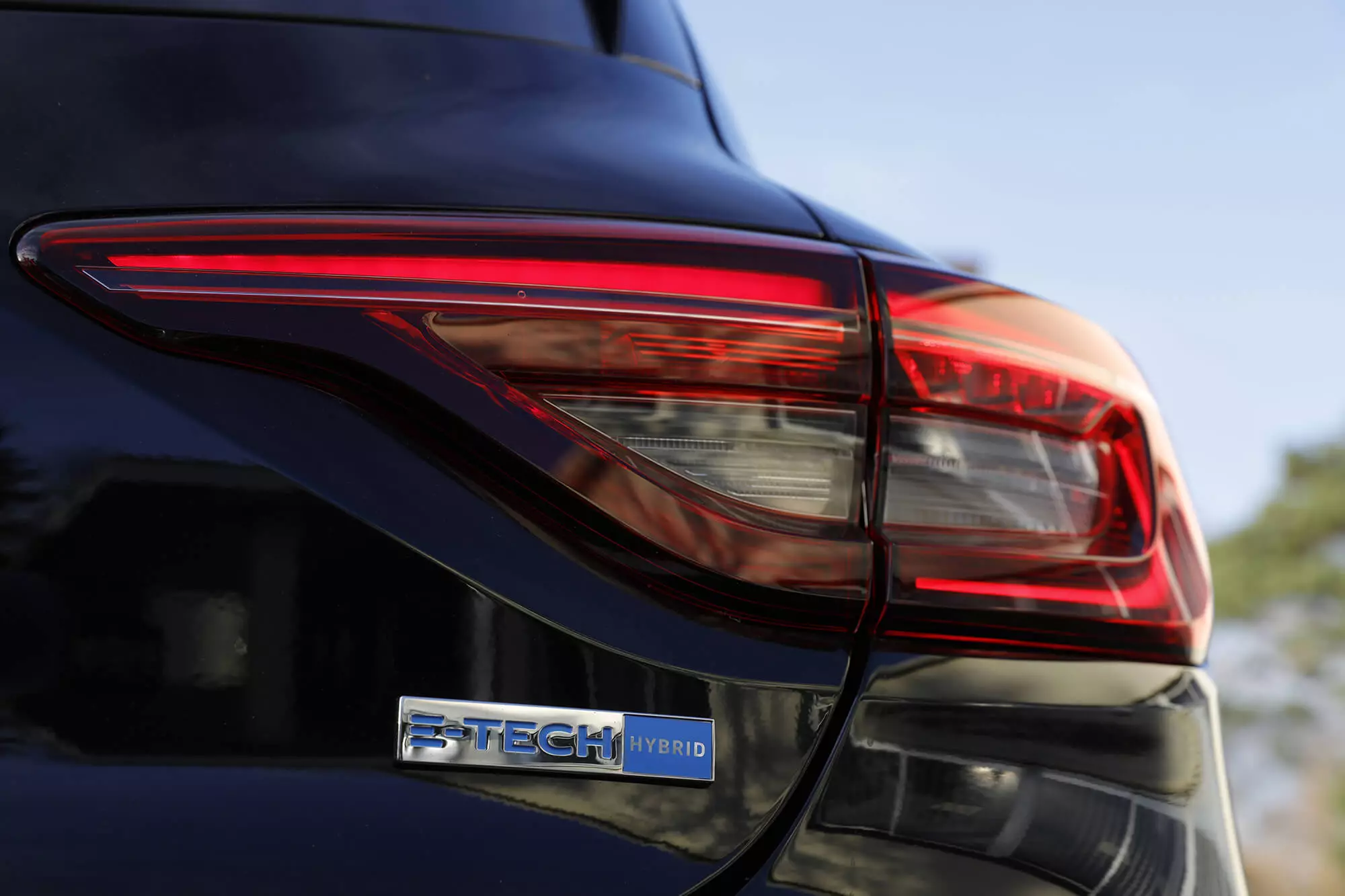
On track, the Clio showed the same dynamic behavior as the other versions, with strict control of the masses even in the most abrupt changes of direction, a steering with good precision and speed and no lack of traction. On the other hand, the continuous variation effect that some drivers don't like is logically absent in this system. As for the weight of the battery, the truth is that little or nothing is noticed, especially since the total weight of this version is only 10 kg above a TCe of 130 hp.
Renault has not yet released all the data on the Clio E-Tech, it just said that the maximum combined power is 103 kW, in other words, 140 hp. Of these, 67 kW (91 hp) are generated by the 1.6 gasoline engine and the rest comes from the 35 kW (48 hp) electric motor.
Conclusion
At the end of the test, Pascal Caumon reinforced the idea that this Clio E-Tech intends to do a lot with little, in other words, make the “full hybrids” accessible to as wide a number of buyers as possible. The driving experience showed that, even with two prototypes still in need of slight final calibrations, the result is already very good, providing a simple and efficient use, without anxiety about autonomy or places to recharge the battery.
